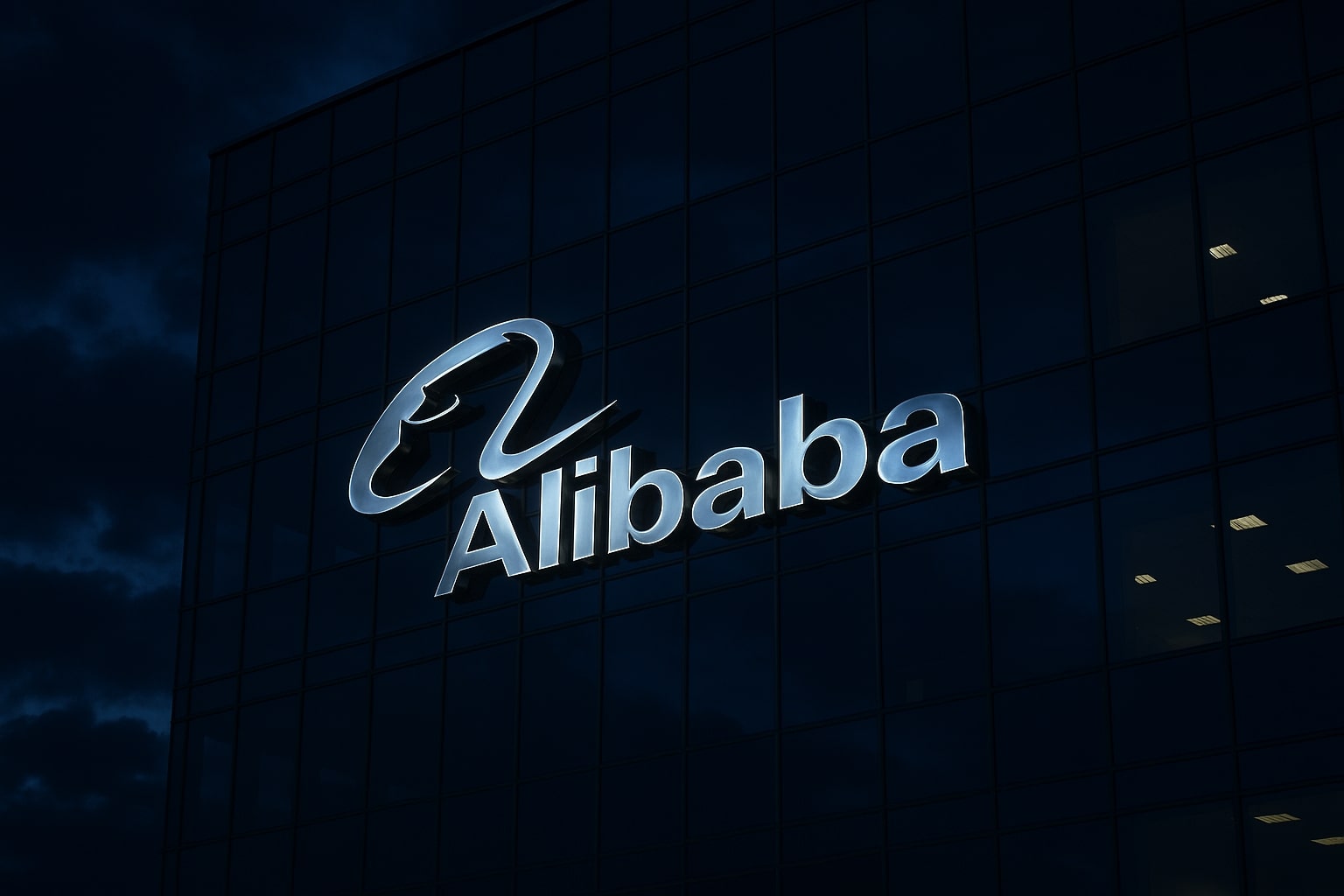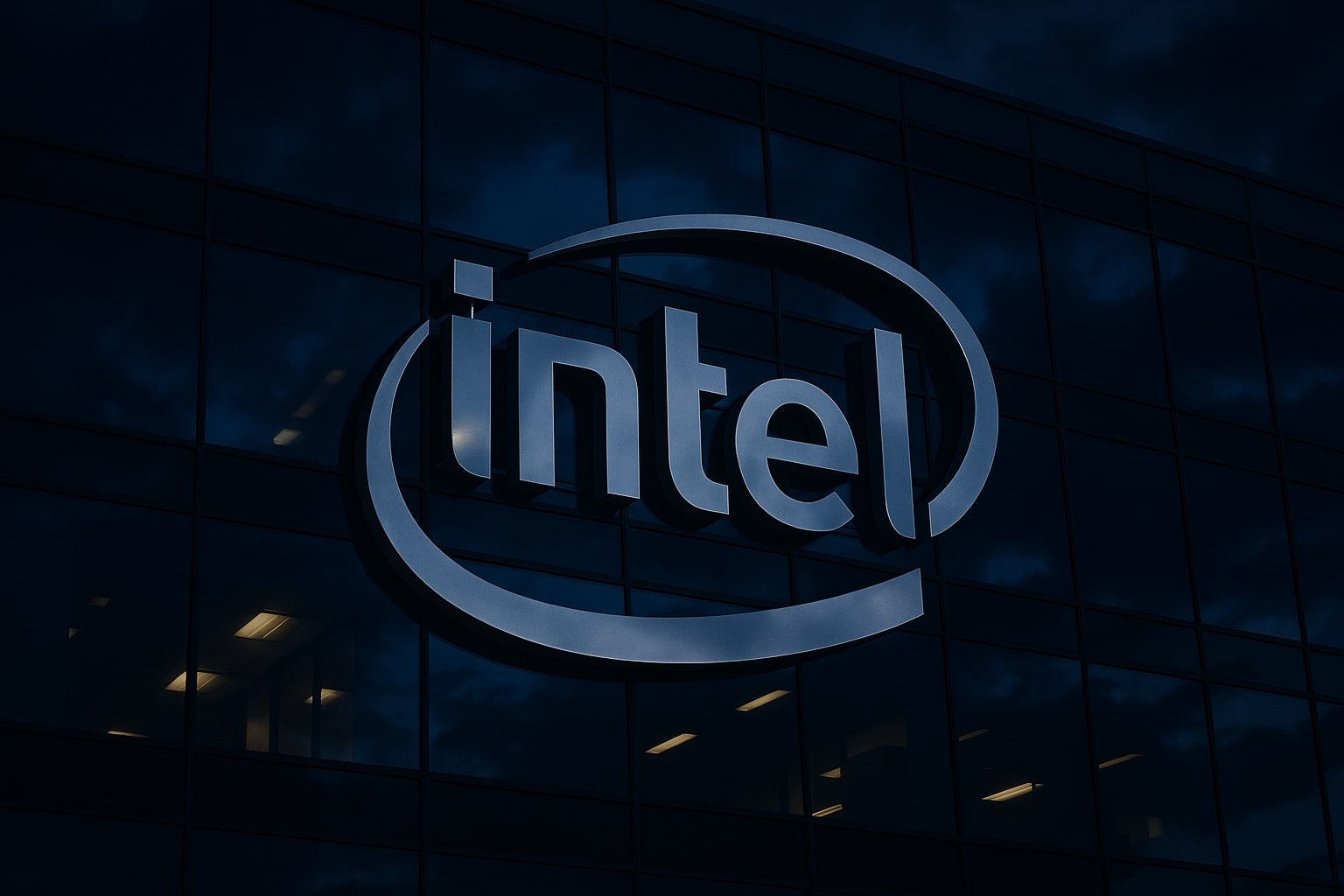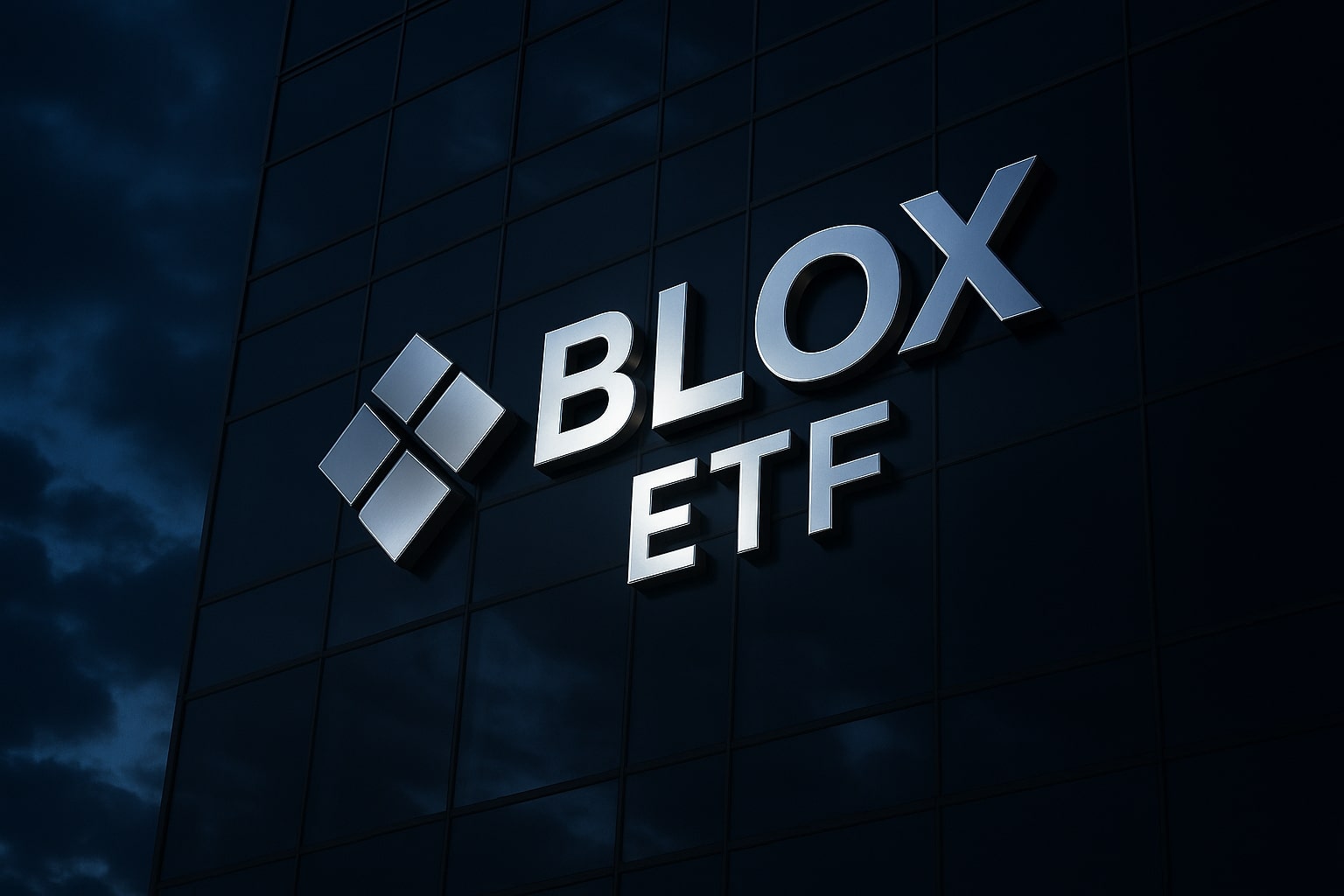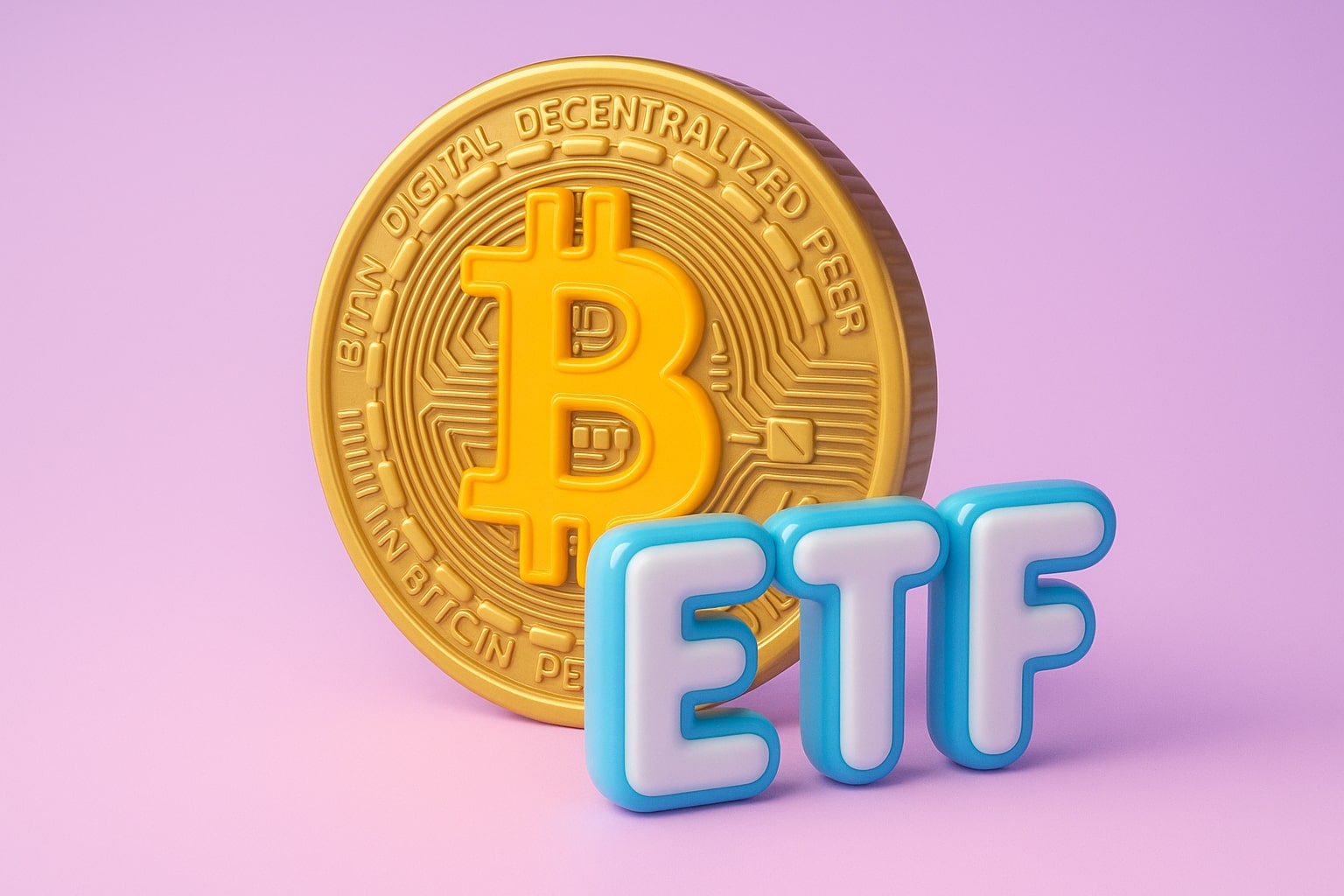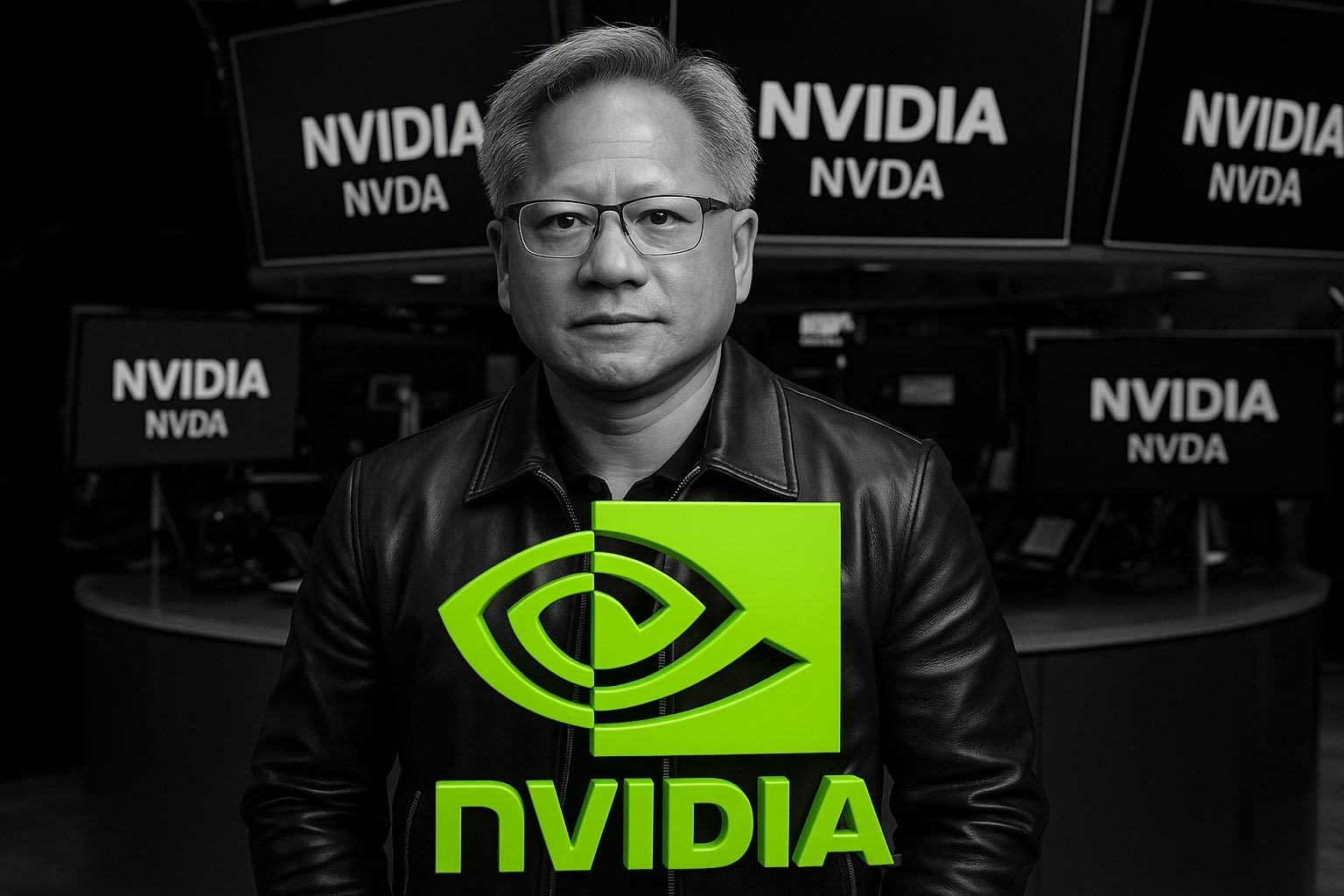
NVIDIA Stock Price Forecast - NVDA Surges Toward $300 Target After Record AI Revenue
NVDA holds firm around $189.65, down 1.48% intraday, after the U.S. Senate’s new China export bill and UAE license boost confidence in the AI giant’s global leadership. With $165.22 billion trailing revenue, 52.41% net margins, and $56.8 billion in cash | That's TradingNEWS
NVIDIA (NASDAQ: NVDA) Holds Firm Around $189 as AI Expansion and UAE Export Approval Signal Renewed Global Momentum
NVIDIA (NASDAQ: NVDA) is trading near $189.65, down 1.48% intraday, after setting an all-time closing high of $192.57 earlier in the week. The stock has gained more than 41% year-to-date and over 1,500% in three years, giving it a towering market capitalization of $4.618 trillion, the largest among semiconductor firms. Despite mild profit-taking, investors continue to price in the company’s unmatched dominance in artificial intelligence hardware, which now powers every hyperscaler from Microsoft (MSFT) to Google (GOOGL) and Amazon (AMZN). The latest catalyst came as the U.S. Commerce Department approved Nvidia’s export license to the United Arab Emirates, unlocking billions in potential chip sales tied to the “Stargate UAE” project — a 5-gigawatt AI data hub jointly supported by OpenAI and Oracle. This greenlight marks the first time the company has been permitted to ship its advanced AI processors to the Gulf since the Trump administration tightened export restrictions in 2024.
Record Fundamentals Back AI Supremacy: Earnings, Margins, and Cash Strength
The scale of NVIDIA’s performance continues to dwarf even Big Tech expectations. Over the last twelve months, the company generated $165.22 billion in revenue, a 55.6% year-over-year surge, with net income of $86.6 billion and a profit margin of 52.41% — extraordinary levels for any hardware manufacturer. Operating margin stands at 60.84%, and return on equity has hit 109.42%, reflecting its high-efficiency capital structure. Quarterly revenue in Q2 FY2026 reached $46.74 billion, with earnings of $25.78 billion and EPS of $1.05, beating estimates by more than 4%. The company ended the quarter with $56.79 billion in cash against $10.6 billion in total debt, leaving a net-cash position that strengthens its resilience against cyclical downturns. Nvidia’s levered free cash flow of $52.44 billion represents one-third of its total revenue — a metric unmatched across the S&P 500.
Analysts Raise the Bar as AI Buildout Accelerates
Following record demand for its Blackwell GPUs, Cantor Fitzgerald’s C.J. Muse raised his price target to $300 from $240, the highest on Wall Street. He expects Nvidia to retain 75% of the global AI accelerator market, implying multi-trillion-dollar data-center infrastructure growth over the next decade. Muse forecasts EPS of $8 in 2026 and $11 in 2027, well ahead of consensus at $6.37, and sees a potential pathway toward $50 EPS by 2030 if global AI capital expenditures approach $4 trillion, as projected by McKinsey. Other analysts, including Bernstein, maintain Outperform ratings, with an average 12-month target of $215.90 and a high estimate at $300, versus the current $189 price. The forward P/E ratio of 29.9x reflects high expectations but also validates the company’s earnings power, while the PEG ratio of 1.0 signals growth is keeping pace with valuation.
Valuation Gravity and Market Psychology
While Nvidia’s fundamentals remain unmatched, valuation risk looms. The company trades at 28.19 times sales and 45.93 times book value, multiples more typical of luxury tech names than chipmakers. Even long-term holders like institutional investor Nancy Byerly label the stock “priced for perfection,” citing a fair-value range of $175–195 based on discounted cash-flow modeling using a 9% WACC and 6.5% perpetual growth. Billionaire David Tepper of Appaloosa Management, who holds a $276.5 million position, acknowledged on CNBC that he has “gone back and forth” on position size due to concerns over China’s domestic chip manufacturing push. Still, Tepper continues to hold a core stake, viewing Nvidia as the “center of AI gravity.” Short interest sits at 0.93% of shares outstanding — negligible for a company this large — while institutions control nearly 69% of the float, underscoring strong institutional conviction.
Geopolitical Pressure: China’s Crackdown and Washington’s Prioritization Bill
China’s ongoing restrictions present both risk and opportunity. The country’s ban on Nvidia’s most advanced GPUs could shave $8–11 billion off annual revenue. Yet that shortfall is being offset by new U.S. and Middle Eastern demand following the UAE export approval and America’s AI infrastructure tax incentives. Meanwhile, the U.S. Senate’s export-priority legislation, requiring Nvidia and AMD to prioritize American clients before Chinese buyers, passed with bipartisan support. While the rule could constrain flexibility abroad, it effectively protects domestic hyperscaler supply and ensures visibility for major U.S. clients such as Microsoft, Amazon, and Meta Platforms. The Senate’s measure coincided with China tightening customs inspections on U.S. semiconductor shipments — a move Nvidia publicly declined to comment on but which failed to dampen share momentum.
Energy and Capacity Constraints Could Cap Long-Term Output
Each Blackwell GPU consumes roughly 1,200 watts, an immense power draw that could soon stress global grids. Gartner estimates AI data centers could account for 4–5% of global electricity demand by 2030, suggesting that Nvidia’s growth may eventually be limited not by demand but by energy capacity. Tech giants have already flagged this issue; Microsoft and Google both warned during Q2 earnings calls that power constraints could throttle future AI expansion. Nonetheless, Nvidia’s upcoming Rubin architecture, slated for 2026, promises a 2× improvement in performance per watt, which could mitigate these pressures and reinforce its efficiency lead.
Read More
-
Alibaba Stock Price Forecast - BABA Shares Rallies to $164.26
01.12.2025 · TradingNEWS ArchiveStocks
-
BLOX ETF (NYSEARCA:BLOX) Holds 36% Yield at $18.64 — Oversold Levels Signal Recovery Potential
01.12.2025 · TradingNEWS ArchiveCrypto
-
Natural Gas Price (NG=F) Surges Above $4.80 as Cold Temperatures and Record LNG Exports
01.12.2025 · TradingNEWS ArchiveCommodities
-
Stock Market Today - Nasdaq, S&P 500, and Dow Fall as Bitcoin Crashes, Oil Rebounds, and NVDA Stock Slide
01.12.2025 · TradingNEWS ArchiveMarkets
-
USD/JPY Price Forecast - Dollar to Yen Slips Below 155.00 as BoJ Signals December Rate Hike
01.12.2025 · TradingNEWS ArchiveForex
Institutional Positioning and Insider Confidence
Institutional participation in NVDA remains dominant. Top mutual funds and pension funds have steadily increased holdings, while insiders maintain a 4.32% stake. Corporate repurchases remain aggressive: Nvidia bought back $22 billion worth of shares in FY 2025, trimming total shares outstanding by about 2% annually through 2030. According to insider transaction records, executives have largely held positions through the 2025 rally rather than cashing out, signaling internal conviction that earnings momentum is sustainable.
Technical Outlook: Support at $186, Resistance at $195 and $215
Technically, NVDA continues to ride a steep ascending channel from its June 2024 breakout. The 50-day moving average sits near $179, providing initial support, while the 200-day moving average near $144 defines the broader bull trend. Momentum indicators remain firm despite minor overbought readings; the RSI near 64 leaves room for another push toward $195 short-term and $215 by year-end if momentum persists. Should the stock break below $186, the next critical support rests at $175, the top of its prior consolidation band.
The Long-Term AI Thesis Remains Intact
Beyond short-term volatility, Nvidia’s strategic moat remains fortified by CUDA, its proprietary AI software platform, now a global standard for machine-learning programming. The ecosystem lock-in gives Nvidia multi-year pricing power across enterprise AI workloads. Even as Amazon’s Trainium, Google’s TPU v5, and Microsoft’s Maia chips emerge, Gartner projects Nvidia will still dominate 60–70% of AI workload deployments through 2028, preserving its economic moat. Meanwhile, sovereign AI programs across Europe, the UAE, and Japan have all contracted Nvidia for infrastructure build-outs, ensuring geographic diversification even if U.S.–China tensions persist.
Verdict: BUY — AI Kingpin With Measured Caution
At $189, with a 12-month consensus target of $215 and a Street-high of $300, NVIDIA (NASDAQ: NVDA) remains a BUY. The valuation is rich but supported by extraordinary fundamentals: 52% profit margins, 60% operating profitability, and $77 billion in operating cash flow. Even under conservative assumptions, fair value hovers near $200–220, while sustained AI infrastructure spending could justify upside beyond $275. Investors should remain alert to policy shifts, China exposure, and energy bottlenecks — yet the data supports accumulation on weakness rather than profit-taking. Nvidia remains not just a stock, but the global benchmark for the AI economy.
Track the live chart here → NVIDIA Real-Time Chart














